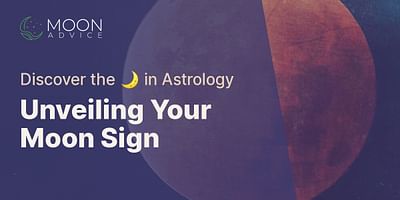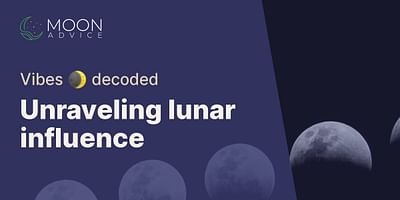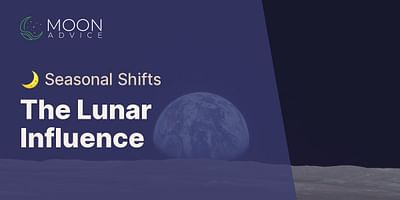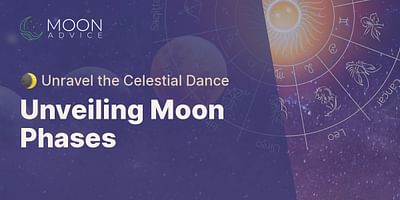Diana Schneider is a renowned spiritual mentor and expert in lunar influences. With years dedicated to unraveling the mysteries of the moon's impact on spiritual pathways and individual development, she offers comprehensive moon phase consultations and advice to those aspiring to harmonize their lives with the moon's cycles.
Dear reader,
Thank you for reaching out with such a fascinating question about lunar phases and the Moon's relationship with Earth. I'm here to shed some light on this mystical phenomenon and help you understand the connection between the Moon's tidal locking and its ever-changing phases.
While it's true that the Moon is tidally locked to Earth, meaning it always shows the same face to our planet, this doesn't mean that the Moon remains static in its appearance. The lunar phases we observe are a result of the Moon's position relative to the Sun and Earth.
To understand this, let's take a journey through the cosmic dance of the Moon, Earth, and Sun. Imagine yourself standing on Earth, gazing up at the night sky. The Moon orbits around our planet, completing a full revolution in about 27.3 days. As it moves, the Moon is bathed in sunlight, just like Earth.
Now, here's where the magic happens. The Moon doesn't emit its own light; instead, it reflects the Sun's light back to us. As the Moon orbits Earth, the angle between the Sun, Moon, and Earth changes, causing different portions of the Moon to be illuminated. This is what gives rise to the various lunar phases we observe from Earth.
Let's break down the four primary lunar phases that you're probably familiar with: New Moon, First Quarter, Full Moon, and Last Quarter.
During the New Moon phase, the Moon is positioned between the Earth and the Sun. From our perspective, the side of the Moon facing us is in shadow, making it appear as a dark disk in the sky. This is when the Moon is not visible at all.
As the Moon continues its orbit, it reaches the First Quarter phase. At this point, half of the Moon is illuminated, while the other half remains in darkness. This creates a beautiful half-moon shape in the sky.
Next comes the Full Moon phase, where the Moon is directly opposite the Sun, with Earth in between. This alignment allows the entire side of the Moon facing us to be fully illuminated, creating a breathtaking sight of a round, glowing orb in the night sky.
Finally, we have the Last Quarter phase, which is similar to the First Quarter phase. Once again, half of the Moon is illuminated, while the other half is in shadow.
Now, you might be wondering why we don't always experience a solar eclipse during the New Moon phase, given that the Moon is positioned between the Earth and the Sun. Well, the Moon's orbit is tilted slightly relative to Earth's orbit around the Sun. This means that most of the time, the Moon's shadow misses Earth, resulting in a regular New Moon without an eclipse.
In summary, the Moon's tidal locking to Earth doesn't prevent it from going through different phases. The lunar phases are a result of the Moon's position relative to the Sun and Earth, as it orbits our planet. This cosmic dance between celestial bodies creates the ever-changing beauty of the lunar cycle, influencing our emotions, relationships, and decisions.
I hope this explanation has shed some light on the enchanting world of lunar phases. If you have any more questions or need further guidance, feel free to reach out. Remember, the Moon is always there to guide us on our journey of self-discovery and transformation.
Wishing you cosmic blessings,
Celeste Moonbeam















